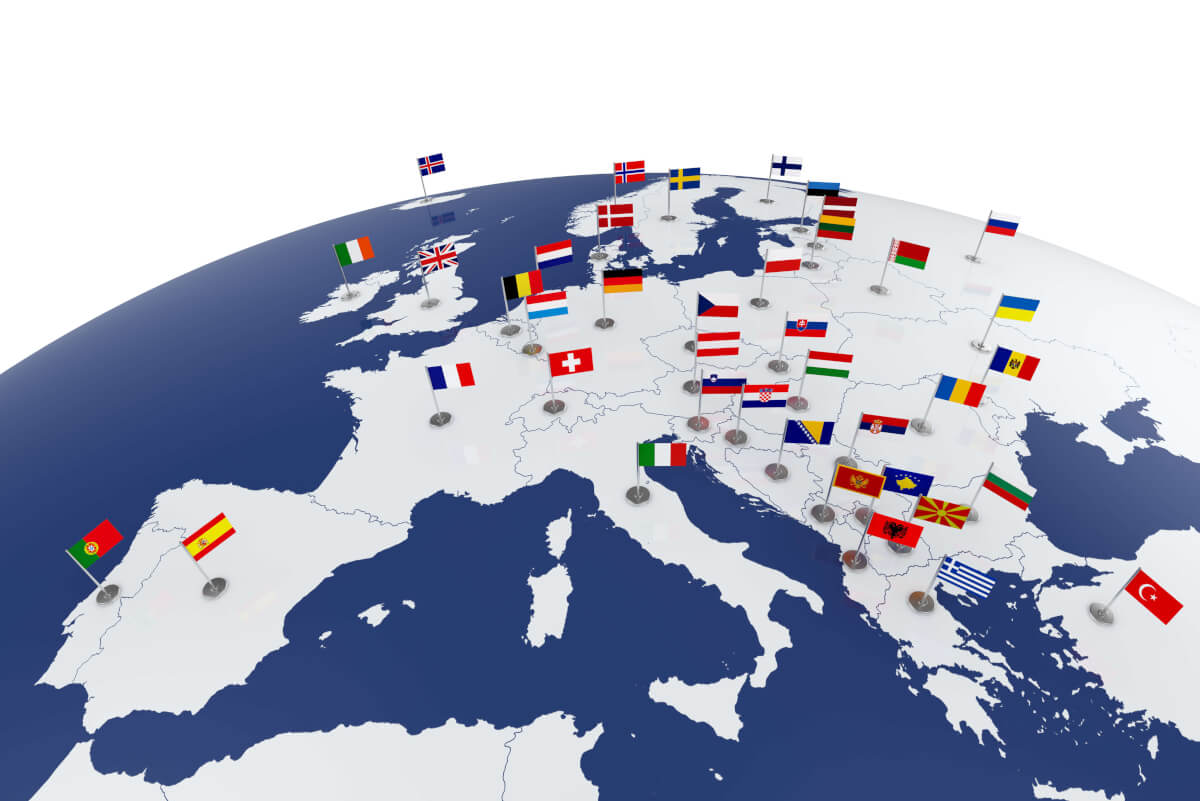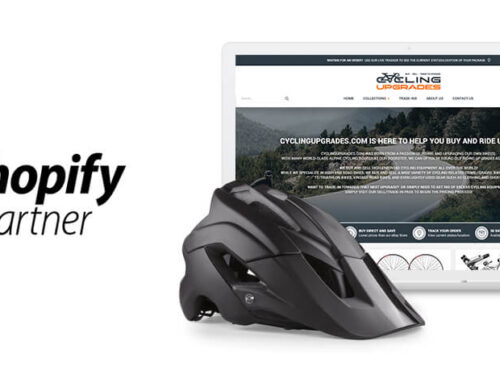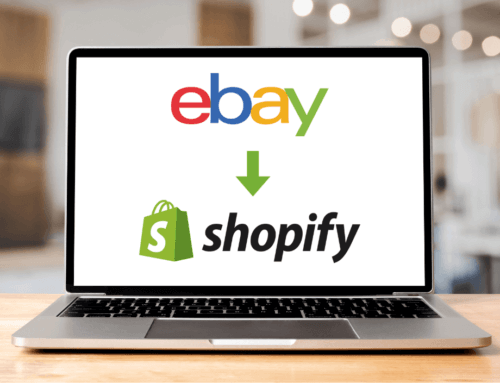
US-based Amazon sellers looking to grow their business internationally can access the lucrative European market and start selling on Amazon Europe thanks to readily available tools in their Seller Central account. These tools can help you streamline your sales operations and handle the intricacies of international selling. But before they go global, sellers will still need to do some research and conduct a little paperwork to make sure they meet specific criteria. This blog post aims to demystify some of the processes of selling internationally.
Why Expand Into Selling on Amazon Europe?
By expanding to Europe, you can diversify your revenue, strengthen your cash flow and reduce your dependence on Amazon.com, where you might be experiencing sales fluctuations.
With country-specific sites in Germany, France, Italy, Spain, The Netherlands, and the United Kingdom, Amazon’s European marketplaces can actually give your business access to millions of new potential customers across 28 countries.
Amazon’s European marketplaces often have fewer sellers in specific categories compared to the US site. This presents a unique opportunity for sellers to take advantage of a less saturated market and become a high-profile seller in their category.
Can I Sell My Products on Amazon Europe Seller Central?
The first step on the road to international expansion is to ensure you can sell your products in different territories. You may need to check your distribution rights with your suppliers. You’ll also have to check that your products meet European safety and compliance regulations which may differ from other geographic regions you sell in.
Before you can start selling internationally, you’ll also need to get to grips with European tax regulations.
Understanding European Value-Added Tax (VAT)
VAT is a tax on consumer expenditure collected on business transactions, imports and goods that move between European countries.
If you are storing or selling goods to customers in a European country, it is essential to be aware of the potential requirement to register for Value Added Tax (VAT) in that specific country.
VAT compliance is the responsibility of each Amazon seller, but Amazon can provide valuable resources and tools to assist with VAT registrations and filings in European countries. As part of this support, Amazon offers contact information for third-party tax advisory services, often with pre-negotiated discounted rates, ensuring you have access to professional guidance.
Registering for VAT in different countries can take some time, so initiating the process as soon as you register your European seller account is recommended to avoid any potential delays.
For more information, check out Amazon’s dedicated VAT education page.
Register and List
US Sellers with a professional seller account can easily expand into Europe by registering their business via the Sell Globally link in their Seller Central account.
When registering, you will be prompted to specify your source marketplace, which can be in any of the six European locations served by Amazon.
When you register your new European seller account, you’ll need to provide the following information:
- Credit card.
- Phone number (to receive PIN verification).
- Company details, including company name, business email address, business licence details, and primary contact person Information.
- Beneficial owner information.
- Bank account details (Amazon currently supports UK, US, and all Eurozone country bank accounts).
- UPC/EPN for your products.
- VAT number.
By utilising a European Unified Account, sellers can manage their inventory as a unified pool accessible across all the stores where they decide to list their products for sale (the default setting includes all six European stores). As such, any orders will effectively be managed in a centralised location, ensuring that selling in Europe feels akin to selling in the store where you initially registered.
Seller Identity Verification
Upon completing the registration process and before commencing sales, Amazon will conduct a verification process known as Seller Identity Verification (SIV) to confirm your identity.
As part of SIV, sellers are required to supply specific documents to authenticate the primary contact person. This individual is responsible for managing the Selling on Amazon payment account.
The documentation necessary for verification includes the following:
- Passport or driver’s licence and birth certificate (applicable to US citizens only).
- Proof of address can be verified through utility bills, rent receipts, bank statements, cable TV bills, or credit card statements.
Once you successfully pass the Seller Identity Verification (SIV) process and commence selling on Amazon EU, Amazon is obligated by EU law to conduct an additional verification step known as the Amazon Payments Europe verification process. This verification validates your personal and business information. Amazon will notify you when this verification is required. The typical documents that may be requested from you include your passport, proof of address, business licence, and bank statements.
Listing
Listing is managed in much the same way as it is in your local store. You can list a small number of products using the Add-a-Product tool, or you can use inventory files to list your products in bulk.
Translation Services
To sell your products in all six European stores, it is necessary to translate them into the respective local languages. You have two options available for product translation. You can utilise Amazon’s BIL (Build International Listings) feature if your products already exist in the target store. Alternatively, you can hire an external translation provider to assist with the translation process.
By utilising BIL, the synchronisation of your products (ASINs) will be automated across all stores where the product already exists. This eliminates the need for additional translations. However, if your product does not currently exist in a particular store, you must create a product page in the source store. If your product is eligible for translation, Amazon will automatically translate it for you.
Amazon Europe Fulfilment and Customer Service Options
When it comes to shipping and fulfilling the products you sell on Amazon, you have two options available.
The first option is to handle the shipping and fulfilment process using your local inventory. However, this approach doesn’t always provide the best customer experience and can take time to reach the customer. This is especially true if items are delayed when going through customs.
You also must provide customer service in the language of the site that you are selling on. While free online translation services are available this may not give the best results as you will be translating from the language into English, writing a response in English and translating it back into their language and there is plenty of scope there for communications to get a bit garbled or misunderstood!
Alternatively, you can opt for Fulfilment By Amazon (FBA), where Amazon takes care of the logistics and storage of your products.
With FBA, you simply send your inventory to one of Amazon’s fulfilment centres, and Amazon will pick, pack and ship your products. Amazon will also handle customer service in the language of the store and process any refund and return requests.
Amazon offers three different FBA options for US businesses selling in Europe. These are Pan-European FBA, European Fulfilment Network FBA, and Multi-Country Inventory FBA. Full details about these three different programs, including customs clearance procedures, are detailed in this video.
In Conclusion
US Sellers can leverage Amazon’s state-of-the-art logistics, powerful tools, and world-class customer service to simplify international selling, potentially reaching millions of new customers across Europe.
Schedule a free discovery call today to learn more about how the eCommerce experts at Frooition can help you expand your global reach, optimise sales and provide multi-channel design and branding across online marketplaces like Amazon, eBay, and your own eCommerce stores.








